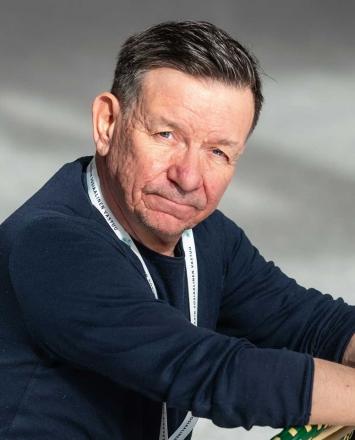European Industrial Excellence in Focus: Diego Galar at the Helm of EFNMS
When Professor Diego Galar took over as Chair of the European Federation of National Maintenance Societies (EFNMS) in May, he inherited not only the leadership of Europe’s umbrella organisation for maintenance but also the responsibility to redefine its role in a fast-changing industrial landscape.
Based at Luleå University of Technology in Sweden, where he serves as Professor of Condition Monitoring, Galar is also Director of Technology and Research at Madrid-based industrial solutions company, Sisteplant. This dual role keeps him grounded in both academia and real-world industrial challenges.
In his new role as Chair of EFNMS, Galar is committed to advancing a progressive vision that ensures EFNMS remains a strong and influential representative of European maintenance interests both within the European Union and internationally.
As the Galar puts it:
“Our mission is not only to promote excellence in maintenance but to embed it firmly within the broader discipline of asset management—ensuring that European industry remains globally competitive, technologically advanced, and sustainably resilient.”
At its core, EFNMS exists to connect and amplify expertise: “So that we speak with one coherent European voice.” “This is critical in international forums, whether we are shaping global standards, influencing EU policy, or defining the industrial research agenda.”
Painting the Future of Industrial Maintenance
Galar anticipates that the European maintenance industry will rapidly shift from a reactive, operational task to a proactive, strategic discipline, supporting the entire value lifecycle of industrial assets.
“In this future, maintenance is defined not by breakdowns or scheduled checks, but by an ‘intelligence layer’ that keeps equipment continuously healthy and high performing. Emerging technologies are driving this shift,” Galar explains.
Artificial Intelligence (AI), advanced analytics, and predictive algorithms will play an increasingly significant role in identifying problems early, preventing failures, and enhancing planning and decision-making. Meanwhile, robotics—from drones to tracked crawlers—will increasingly operate in hazardous or inaccessible areas, transmitting real-time data to digital twins
that replicate physical assets. Combined with AI, these twins will predict maintenance needs, support repair-or-replace decisions, and optimise resources, enabling a truly condition-based, predictive approach.
While the efficiency gains from such technological developments can be significant, Galar stresses that the human factor must remain a priority. “Technology must go hand in hand with human capability,” he emphasises. “We need skilled professionals to interpret AI outputs, validate digital twin predictions, and manage robotic systems within an asset management strategy that balances risk, cost, and asset lifespan.”
The professor underscores the importance of human expertise in the face of technological progress. He warns that an overreliance on automation could lead to a loss of fundamental knowledge about how machines work. For him, the solution lies in
Industry 5.0, a phase where people remain at the center and technology supports rather than replaces them.
“In Industry 5.0, technology is a partner, not a substitute,” Galar explains. Robotics will take on tasks that are risky, physically demanding, or repetitive—such as inspecting tall structures, navigating pipelines, or performing precision work in hazardous settings—while AI analyses sensor data to predict failures earlier than before.
Galar stresses that machines can find issues, but humans make the final call. “AI might detect a gearbox problem, but it’s the engineer who must consider the bigger picture, safety, and long-term plans before deciding what to do. For EFNMS, this means putting people first: using AI and robotics to provide better tools, richer data, and safer work environments while respecting human judgment.”
“The future isn’t about replacing workers, but about raising their roles—turning technicians into system designers, supervisors into data analysts, and engineers into strategic managers. The best maintenance teams will be those that combine human insight with technological precision.”
Building the Foundations of Industry 5.0
Translating the promise of Industry 5.0 into reality requires more than technology and ambition, Galar reminds.
“It demands robust frameworks, credible research, and supportive policy to ensure AI, robotics, and digital twins are deployed safely, effectively, and with human expertise at the core.”
Galar highlights that under his leadership, EFNMS will focus on three interconnected pillars – standards, research, and policy. This, he says, will help steer the maintenance profession through this transformation.
“Standardisation is not just technical,” Galar explains. “It ensures innovations like AI-driven diagnostics or robotic inspections are implemented safely, interoperably, and in ways that maximise value across sectors.”
On the research front, EFNMS will strengthen its role as a bridge between academia and industry, ensuring research is relevant, applied, and scalable to help tackle Europe’s most urgent maintenance challenges. Current priorities include AI prognostics, hazardous-environment robotics, sustainable lifecycle management, and even metaverse-based training. “Our role is to turn academic insight into operational best practice,” Galar notes.
The professor emphasises EFNMS's role in advocating for maintenance as a strategic enabler. The organisation continues to push for recognition of maintenance's importance, particularly in the context of the European Green Deal, the circular economy, and competitiveness agendas.
“By the end of my term, I want EFNMS to be recognised not only as Europe’s maintenance authority but also as a global thought leader, shaping how assets are managed, maintained, and valued,” Galar says.
“This means pushing for frameworks that incentivise investment in condition-based maintenance, digitalisation, and workforce development – ensuring Europe leads rather than follows in the next industrial revolution.”
Empowering the Next Generation
With discussions about work shortages in many technical fields, including maintenance, engaging young talent is not just a strategic priority but a crucial necessity for maintaining Europe's leadership in industrial innovation. The active involvement of young professionals is key to shaping the future of maintenance and ensuring its continued relevance in the rapidly evolving industrial landscape.
“We need clear pathways for students, graduates, and early-career engineers to connect with our network, contribute to projects, join working groups, and see the scale of opportunities available,” Galar says,
He adds that cross-border collaboration is not just essential, but also a cornerstone of EFNMS's approach.
“Maintenance challenges—from AI-driven diagnostics to robotics in hazardous environments and sustainable lifecycle management—are global. Involving young professionals in multinational teams fosters knowledge transfer and exposes them to diverse approaches and innovations.”
Galar notes that EFNMS’s extensive network enables exchanges, mentorship programmes pairing emerging talent with seasoned experts, and participation in EU-funded research. “A young engineer in Portugal could work alongside a robotics specialist in Finland and a digital twin expert in Germany—accelerating innovation and ensuring continuity.”
Galar notes that nurturing talent is not just about technical skills, but also about building curiosity, adaptability, and systems thinking—qualities essential for integrating asset management with the potential of new technologies.
“We have to meet young professionals where they are—online, connected, and ready to collaborate in real time. And we must cultivate not just technical skills, but curiosity, adaptability, and systems thinking.”
If the EFNMS Chair Had One Message
When asked what single message he would deliver to industry leaders, policymakers, and young professionals, Galar doesn’t hesitate:
“If I had to distil my message into one call to action, it would be this: treat maintenance not as a cost to be contained, but as a strategic investment in the future of your assets, your organisation, and your people.”
To industry leaders, Galar urges placing maintenance and asset management at the heart of strategy. The era of reactive, invisible maintenance is over. Today, it is a data-rich, technology-driven, innovation-led discipline. AI, robotics, digital twins, and condition-based maintenance are no longer emerging ideas—they are operational realities that, when used strategically, deliver measurable gains in performance, safety, and sustainability. Those who embrace this shift will lead; those who ignore it will fall behind.
To policymakers, Galar calls for recognising maintenance as a key enabler of their agendas. The European Green Deal, the circular economy, and industrial decarbonisation all depend on assets operating efficiently for as long as possible, with minimal waste and maximum safety. Policies that incentivise proactive maintenance, accelerate the adoption of advanced technologies, and invest in workforce skills will not only strengthen industries but also drive Europe’s environmental and social progress, he notes.
And to young professionals, Galar’s message is one of opportunity and purpose. Maintenance and asset management offer a career path that is intellectually challenging, technologically advanced, and socially relevant.
“This is the field where you can work with robotics one day, AI algorithms the next, and sustainability strategies the day after. You will be solving real problems that keep factories running, infrastructure safe, and societies functioning.”
The future of maintenance will be integrated, autonomous, and intelligent, Galar continues.
“If we work together—industry, academia, policymakers, and professionals across borders—we will not only keep our assets in operation; we will ensure that they operate at their best, delivering value to both business and society for decades to come.”
As a regular contributor to Maintworld magazine, the EFNMS Chair also highlights the role of industrial media in driving this shift. By reporting on innovations, sharing best practices, and amplifying success stories, such media can change perceptions—moving maintenance from the background to the centre of strategic conversations on performance, sustainability, and competitiveness, Galar concludes.
Standardisation and EU Policy Influence: How EFNMS Makes a Difference
EFNMS plays a crucial role in shaping European policies on maintenance, sustainability, and industrial competitiveness. Rather than just observing, it works closely with policymakers, offering practical, trusted advice based on real-world experience in maintenance and asset management.
A significant part of EFNMS’s impact stems from its collaboration with standardisation groups, including CEN, ISO, and IEC. Here, it helps create clear rules for new technologies, such as AI, digital twins, and robotics, used in challenging environments. As EFNMS Chair Diego Galar says, “standards act as the bridge between technical innovation and regulatory acceptance.”
These standards facilitate the safe and confident adoption of new technologies across European industries.
EFNMS also engages directly with European institutions to demonstrate that effective maintenance is crucial to key initiatives such as the European Green Deal and the EU’s Industrial Strategy. They explain how smart maintenance reduces waste, digital tools improve efficiency, and robotics make work safer — all of which help Europe meet its environmental and economic goals.
EFNMS also guides the types of research that should receive funding, focusing on smart assets that can monitor themselves, advanced robotics, AI for predicting failures, designing for reuse, and cybersecurity for connected systems.
Most importantly, EFNMS supports its advice with real-world examples. As Galar says: “Real-world results speak more convincingly to policymakers than theoretical arguments, showing them that well-managed assets are not only more efficient but also more sustainable and more resilient.” By highlighting successful projects, EFNMS is proving that maintenance is vital for Europe’s future green and digital progress.
The European Federation of National Maintenance Societies (EFNMS) is the leading umbrella organisation for maintenance and asset management across Europe, representing 24 national societies. More than just a thought leader, EFNMS backs its advice with real-world success stories. As Chair, Diego Galar notes: “Real-world results speak more convincingly to policymakers than theoretical arguments.” By showcasing proven projects, EFNMS demonstrates how well-managed assets drive efficiency, sustainability, and resilience—making maintenance a cornerstone of Europe’s green and digital transformation.
Text: Nina Garlo-Melkas
Photos: Luleå University & Sisteplant


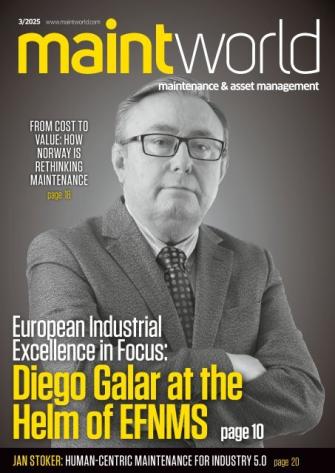
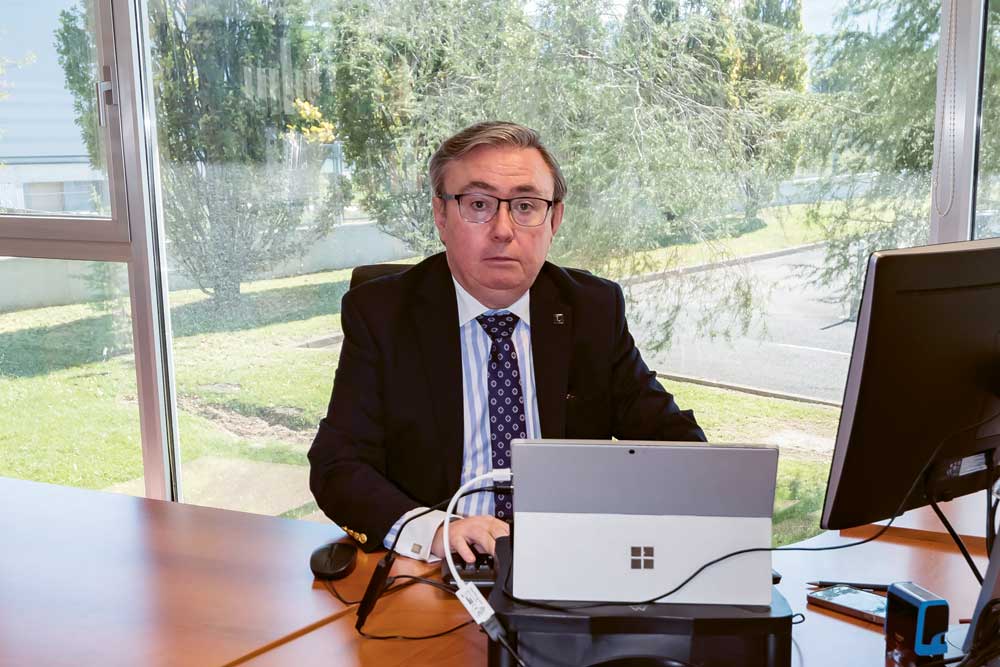
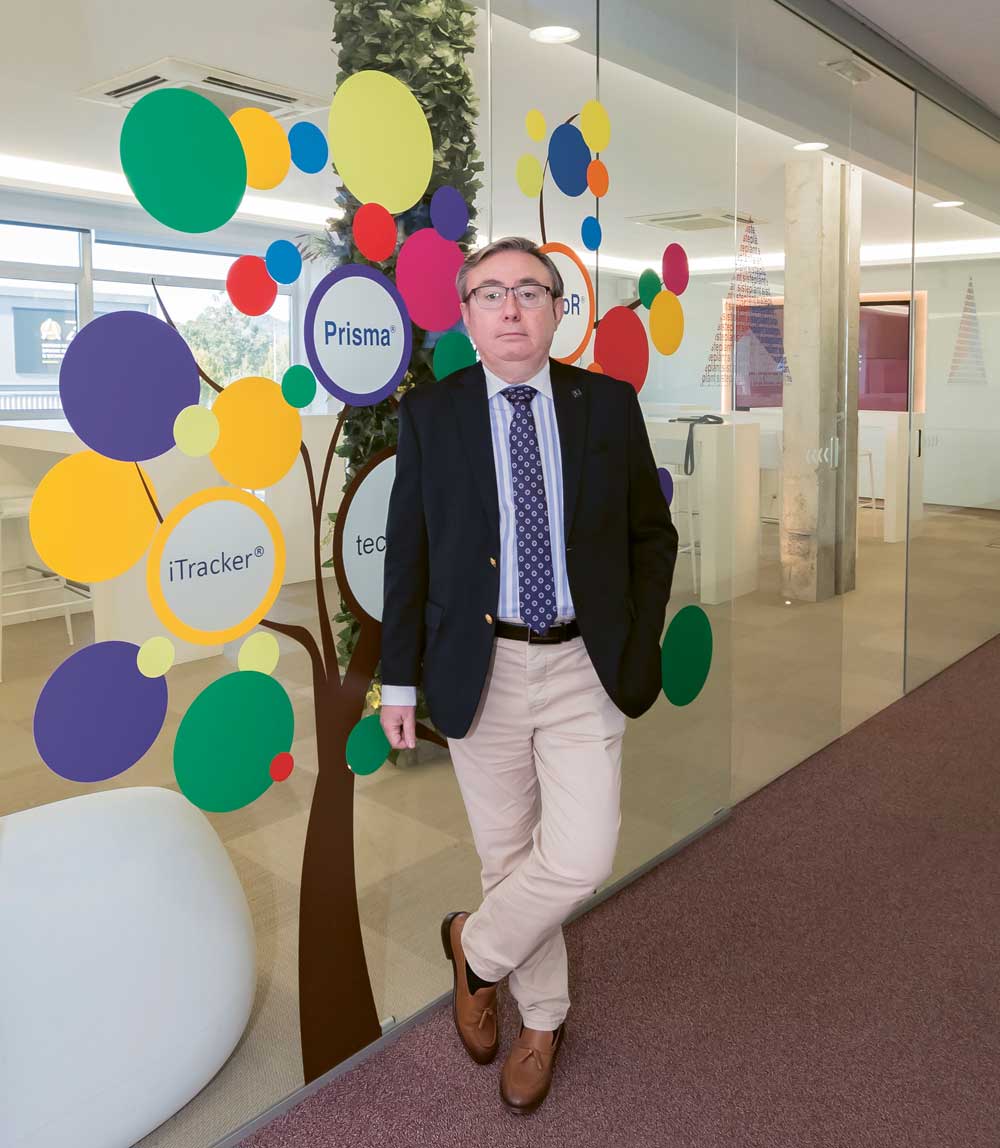

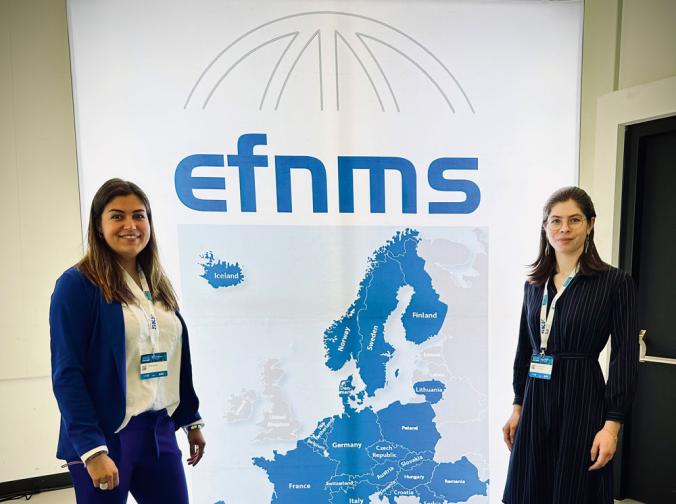
![EMR_AMS-Asset-Monitor-banner_300x600_MW[62]OCT EMR_AMS-Asset-Monitor-banner_300x600_MW[62]OCT](/var/ezwebin_site/storage/images/media/images/emr_ams-asset-monitor-banner_300x600_mw-62-oct/79406-1-eng-GB/EMR_AMS-Asset-Monitor-banner_300x600_MW-62-OCT.png)


